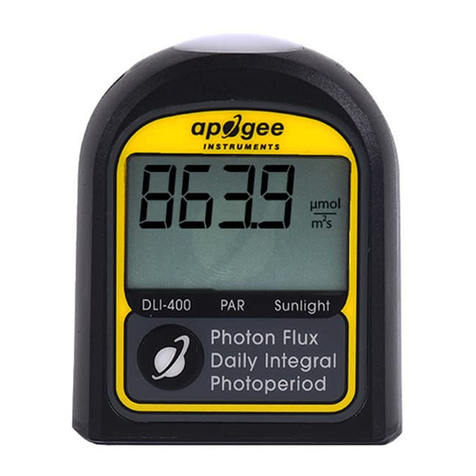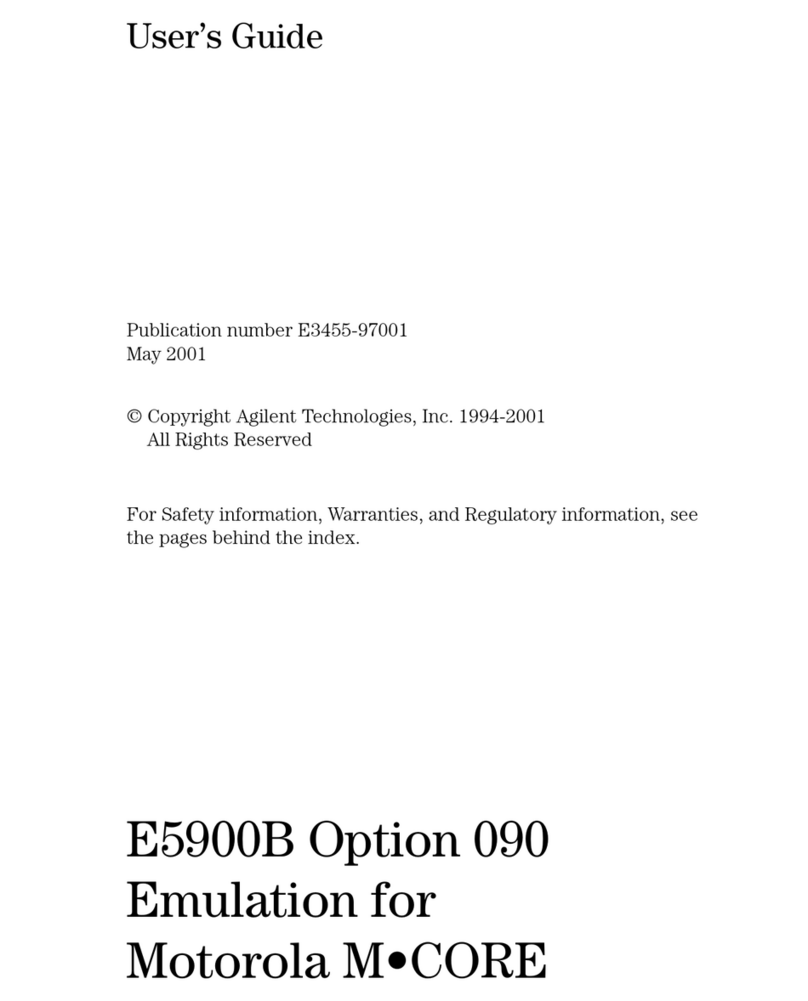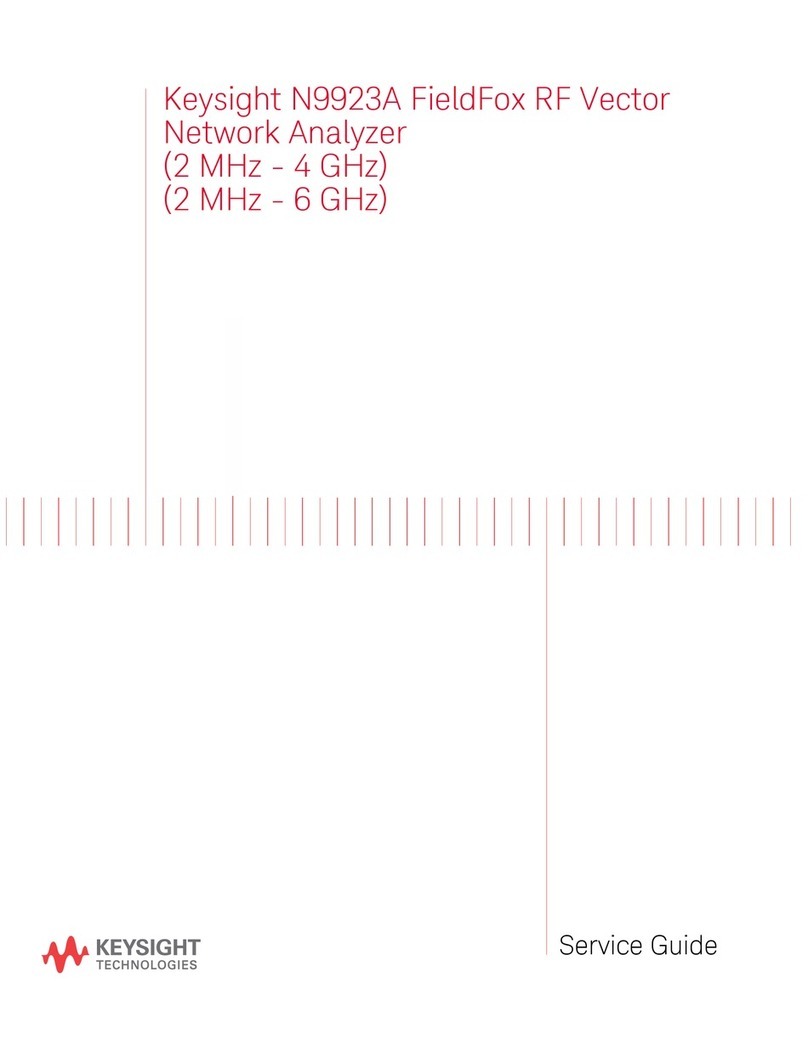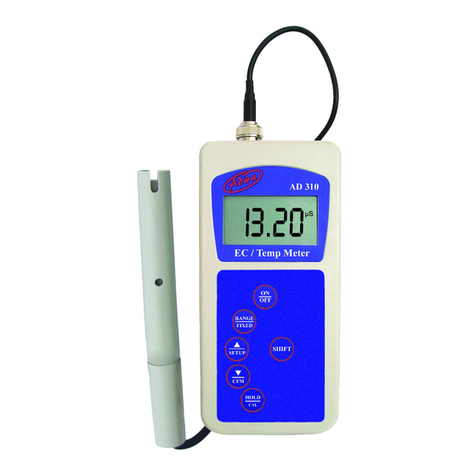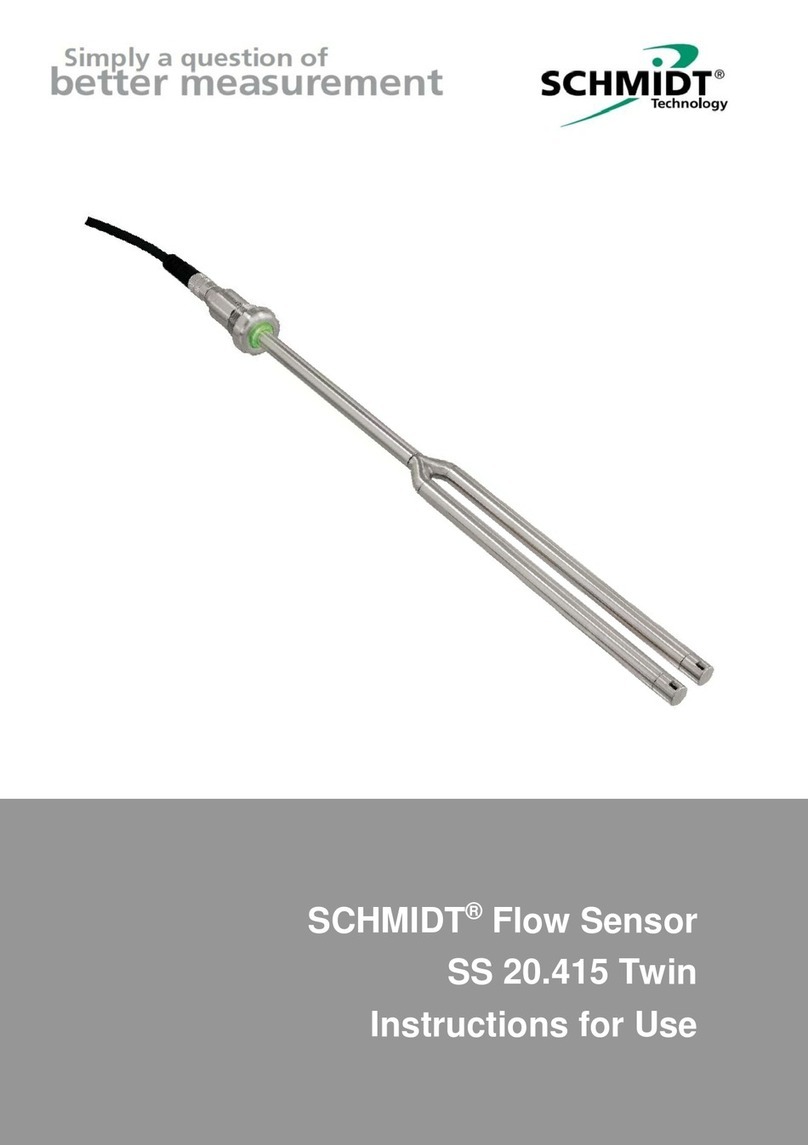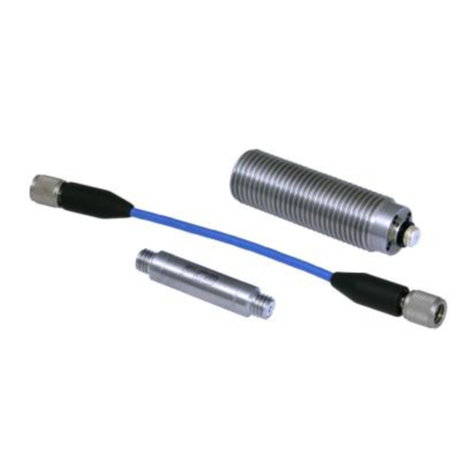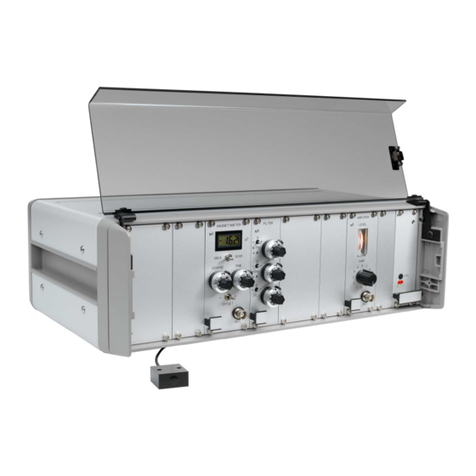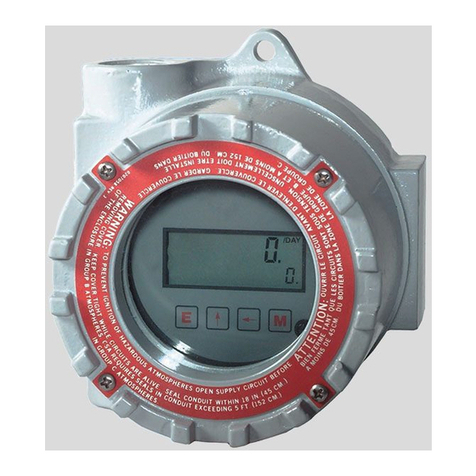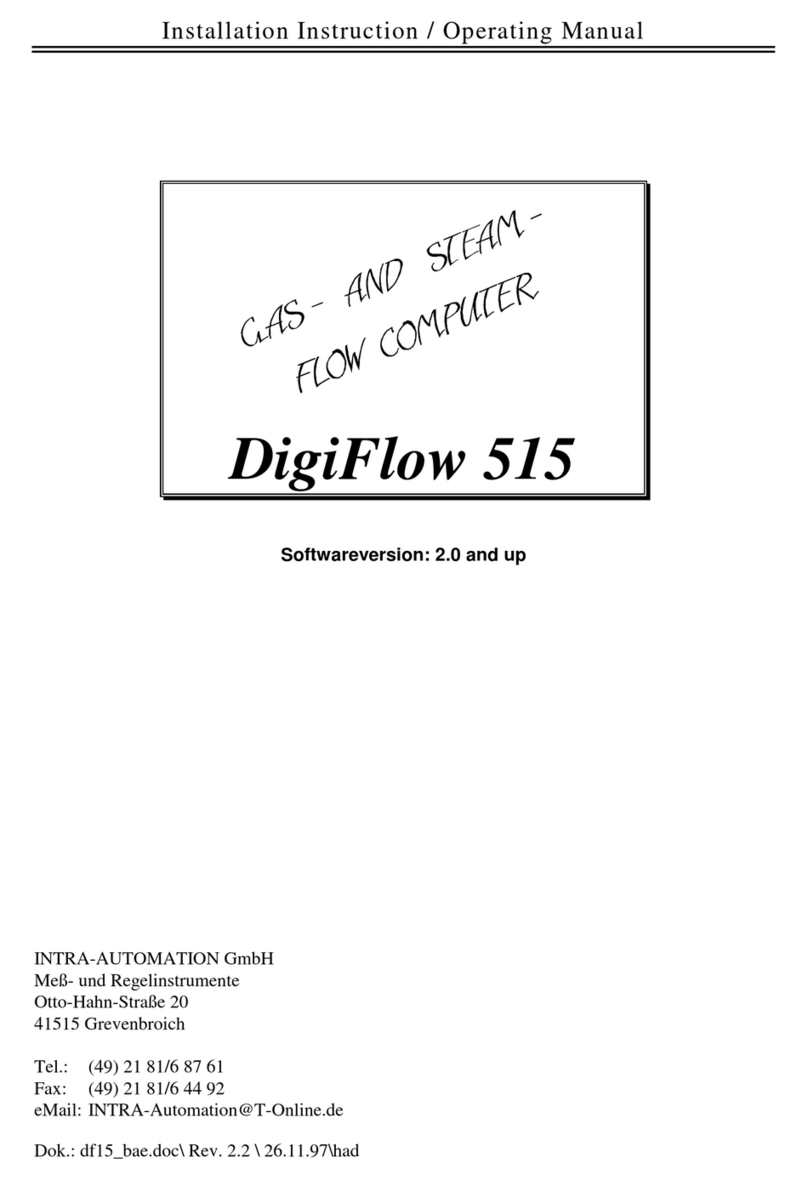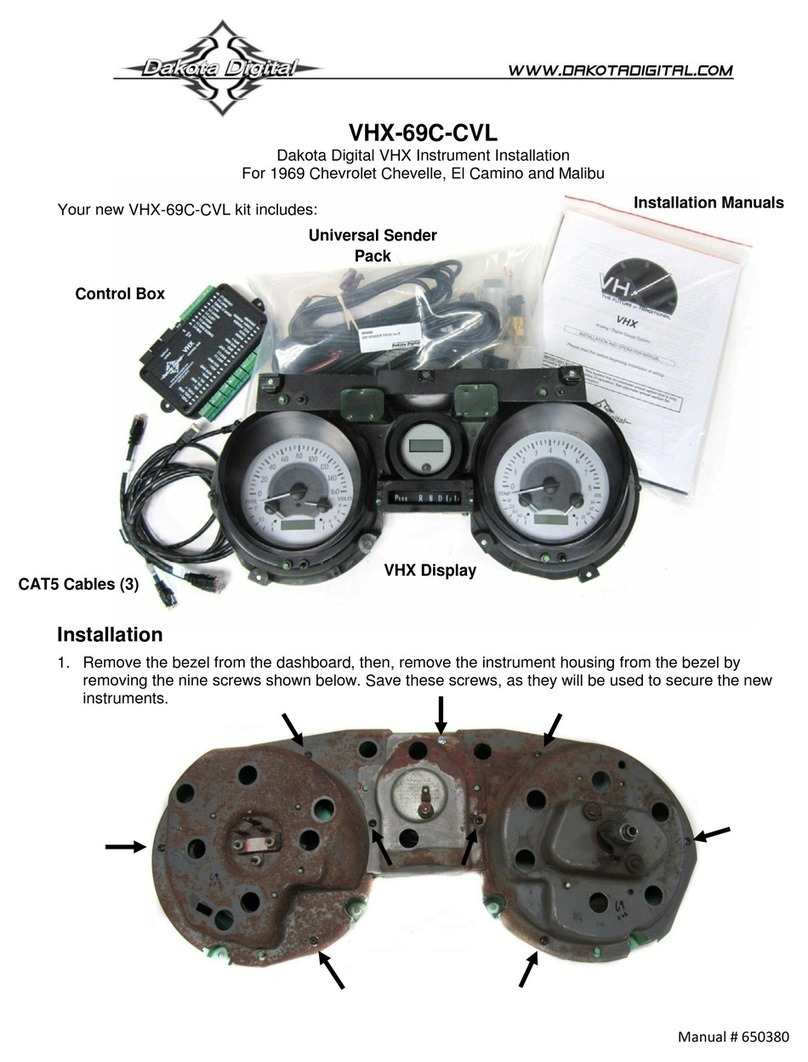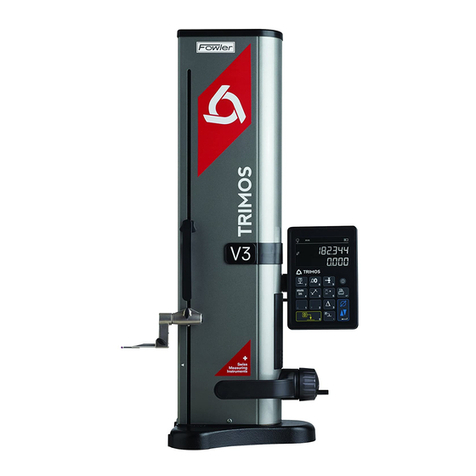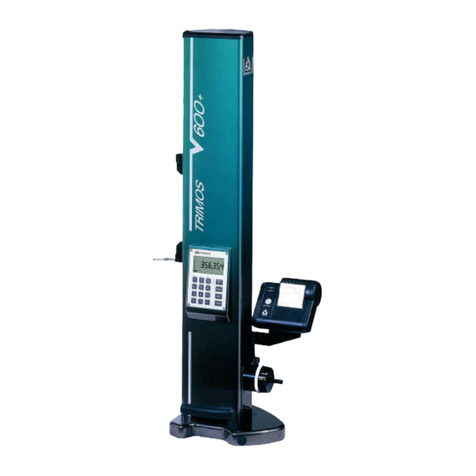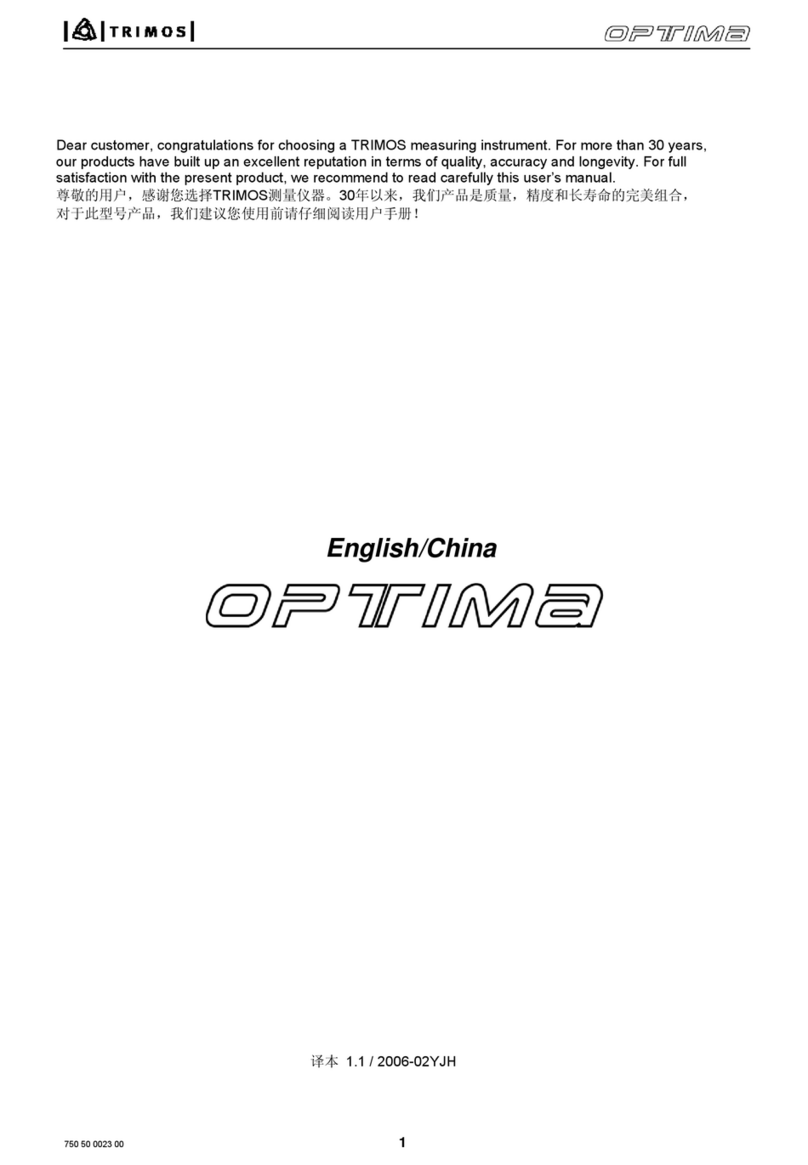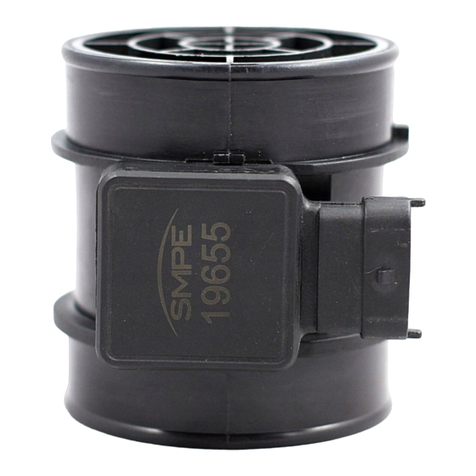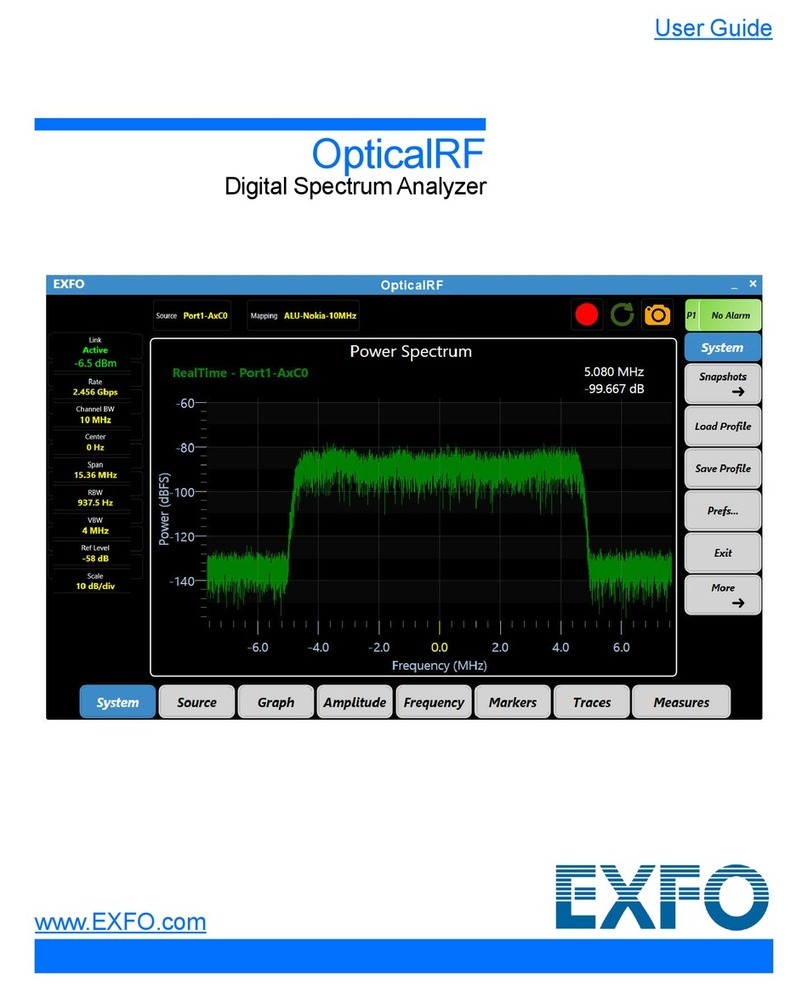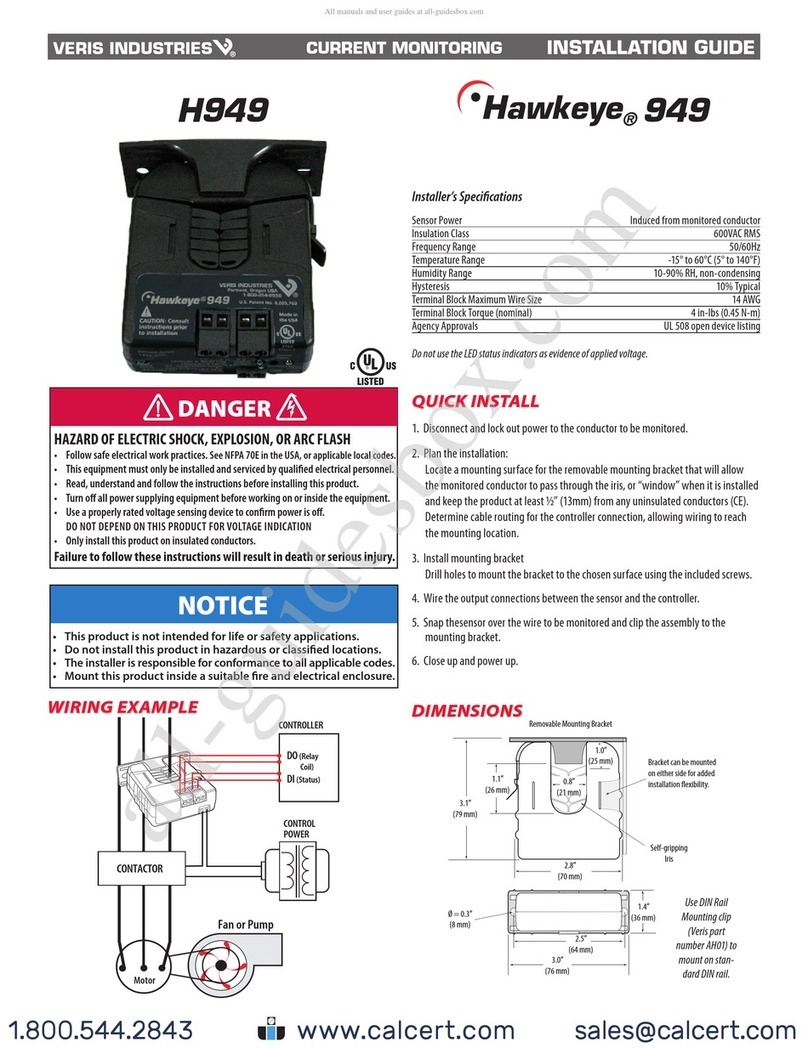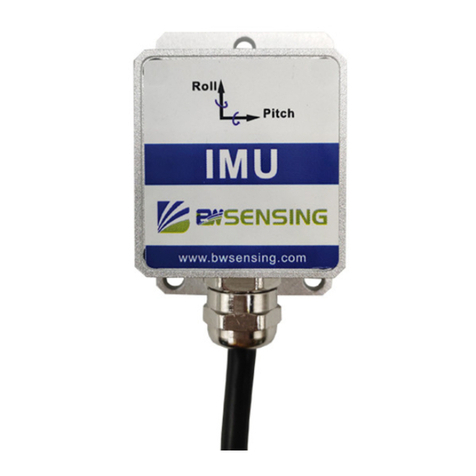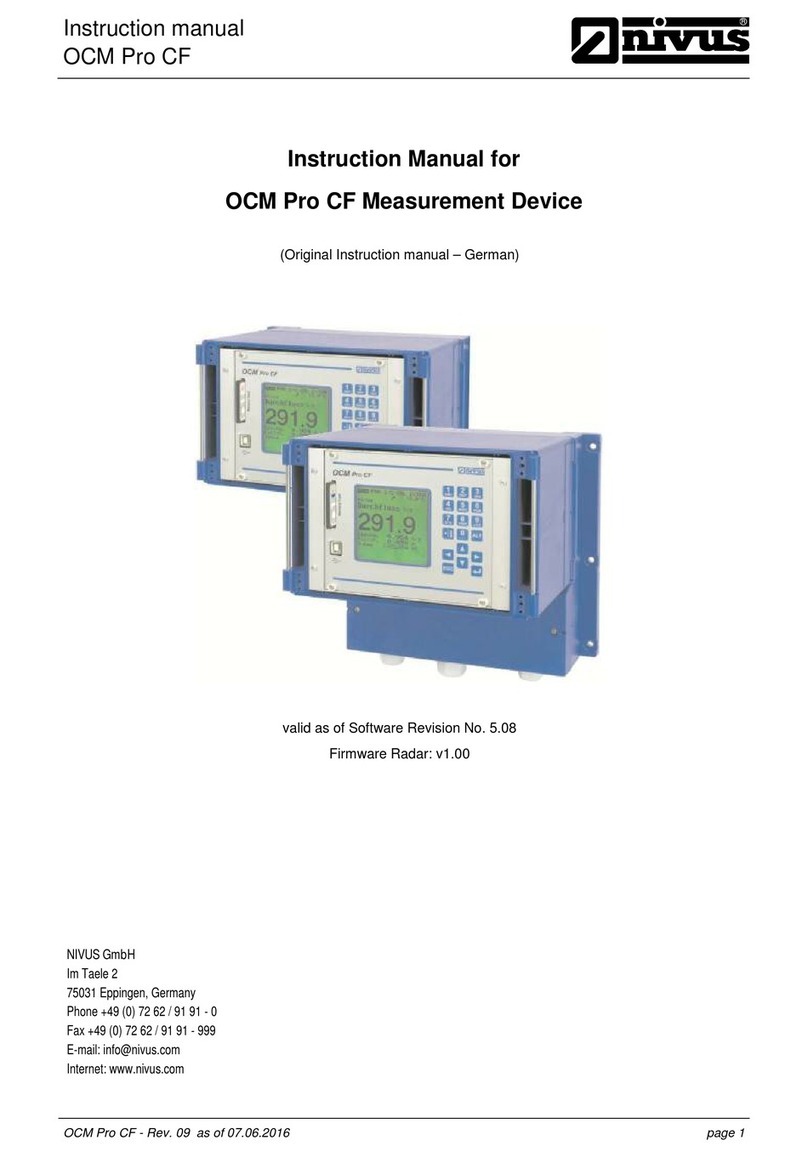
User's Manual
750 50 0045 03 2
CONTENTS
1. Safety regulations............................................................................................................... 4
1.1 Important Information ................................................................................................ 4
1.2 Security Symbols........................................................................................................ 4
1.3 General Warnings....................................................................................................... 4
2. Instrument Description ...................................................................................................... 5
2.1 Instrument................................................................................................................... 6
2.2 Interfaces/Connectors............................................................................................... 6
2.3 Display........................................................................................................................ 6
3. Setting up ............................................................................................................................ 7
3.1 Packing List ................................................................................................................ 7
3.2 Setting-up ................................................................................................................... 8
4. Getting Started.................................................................................................................. 10
4.1 Displacement Modes : Manual/Motorized.............................................................. 10
4.2 Setting into Operation ............................................................................................. 11
5. Main Functions.................................................................................................................. 13
5.1 Selection of Height and Diameter / Centerline Measurements .............................. 13
5.2 Height Measurements .............................................................................................. 13
5.3 Diameter and Centerline Measurements................................................................. 14
5.4 References................................................................................................................ 16
5.5 Selection of the Resolution ...................................................................................... 16
5.6 Setting / Memorizing of the Probe Constant .......................................................... 17
5.7 Selection of the Measuring Unit .............................................................................. 17
5.8 Measuring in Min / Max / Delta Mode .................................................................... 17
5.9 Average Between 2 Last Measurements ................................................................. 19
5.10 Difference Between 2 Last Measurements.............................................................. 20
5.11 Zero Setting of the Display ...................................................................................... 20
6. Secondary Functions........................................................................................................ 21
6.1 Perpendicularity Measurement ................................................................................ 21
6.2 Measurement History (Buffer).................................................................................. 23
6.3 Distance and Centerline Measurement ................................................................... 25
6.4 Inversion of the Measuring Direction....................................................................... 26
6.5 Probe Holder Change .............................................................................................. 27
6.6 Manual Recording of the Probe Constant............................................................... 27
6.7 Display Modes ......................................................................................................... 28
6.8 Shrinking Factor ....................................................................................................... 28
6.9 Temperature Compensation .................................................................................... 29




















